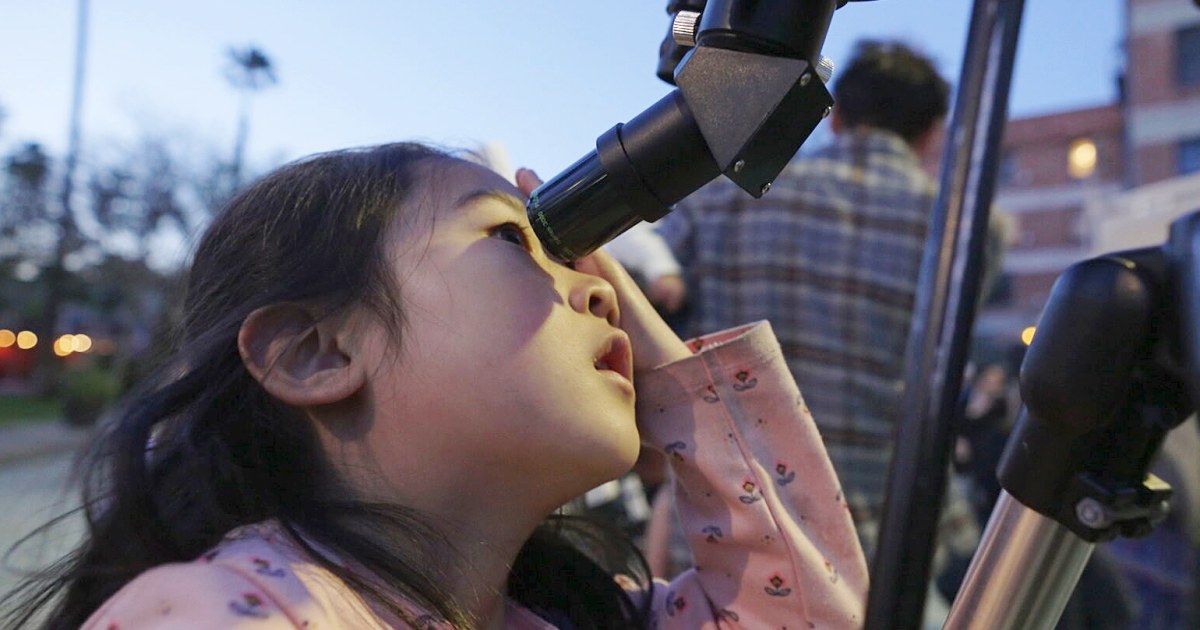
Anisotropic Emission
Anisotropic emission refers to the uneven distribution of electromagnetic radiation from a source in space. This phenomenon occurs when the radiation is emitted in different directions with varying intensities. Anisotropic emission can be caused by a variety of factors, including the shape and orientation of the emitting object, the presence of magnetic fields, and the effects of relativity. Understanding anisotropic emission is important in the study of astrophysics, as it can provide insights into the properties and behavior of celestial objects. Additionally, anisotropic emission can have practical applications in the design and operation of spacecraft and communication systems, as it can affect the transmission and reception of signals.
Your Previous Searches
Random Picks
- Bubbles: In space and astronautical engineering, bubbles refer to the gas pockets that can form in liquids in microgravity environments. Bubbles can have significant impacts on fluid behavior and can affect the performance of fluid systems such as c ... Read More >>
- Arms Control: Arms control is a set of agreements and limitations on the development, production, testing, deployment, and use of weapons, including nuclear, chemical, and conventional weapons, as well as the means of delivery, such as missiles and aircr ... Read More >>
- Flash Plants: Flash plants are geothermal power plants that utilize high-pressure hot water from deep underground to generate electricity. The hot water is brought to the surface through a well and then rapidly depressurized, causing it to flash into ste ... Read More >>
Top News

Easter's date remains divisive. Some church leaders want that to change...
Eastern and Western churches will celebrate Easter on the same day this year, while marking 1,700 years since the Council of Nicaea unified Christian doctrine...
News Source: ABC News on 2025-04-19

In a city of stars, Los Angeles astronomy club makes sure to keep looking up...
LOS ANGELES — While Los Angeles is home to the biggest stars in the world, a monthly get-together is proving that the city’s rich and famous have nothing on the universe....
News Source: NBC News on 2025-04-18

This week on "Sunday Morning" (April 20)...
A look at the features for this week's broadcast of the Emmy-winning program, hosted by Jane Pauley....
News Source: CBS News on 2025-04-17

Scientists detect strongest hints yet of life on a distant planet...
Scientists have detected unique chemical patterns similar to those produced by the Earth's algae and seaweed — raising the possibility of the presence of a warm ocean, perhaps teeming with life, on ...
News Source: NBC News on 2025-04-17

Is there life on another planet? Scientists find the strongest evidence yet...
Near a planet far, far away astronomers have found traces of chemicals that on Earth are only produced by living beings....
News Source: Al Jazeera English on 2025-04-17